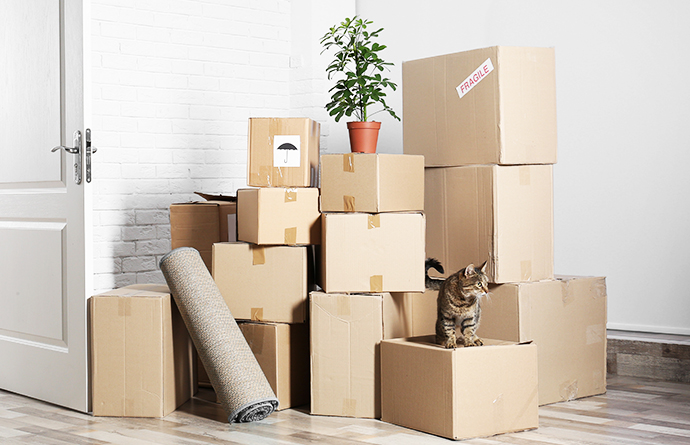Choosing the right type of packaging depends on various factors, including the nature of your product, your target audience, branding, environmental considerations, and budget. Here are different types of packaging to consider and how to determine which is right for you:
- Folding Cartons:
- Best for: Retail products, cosmetics, pharmaceuticals, food items.
- Benefits: Cost-effective, customizable, suitable for high-quality printing and graphics.
- Rigid Boxes:
- Best for: Luxury and high-end products like jewelry, electronics, and perfumes.
- Benefits: Durable, premium appearance, excellent for brand presentation.
- Corrugated Boxes:
- Best for: Shipping, storage, e-commerce, and various industries.
- Benefits: Sturdy, protective, available in various sizes and styles.
- Flexible Packaging:
- Best for: Snacks, liquids, pet food, and other consumables.
- Benefits: Lightweight, flexible, cost-effective, and offers good product visibility.
- Stand-Up Pouches:
- Best for: Snacks, beverages, and various food products.
- Benefits: Space-efficient, resealable, and eye-catching on store shelves.
- Bottles and Jars:
- Best for: Liquids, powders, sauces, and personal care products.
- Benefits: Secure, protects against contamination, easy to pour and dispense.
- Blister Packaging:
- Best for: Pharmaceuticals, electronics, small items.
- Benefits: Protects against tampering, provides visibility, and helps with product presentation.
- Tubes:
- Best for: Cosmetics, creams, gels, and some food products.
- Benefits: Easy to dispense, hygienic, and suitable for branding.
- Clamshell Packaging:
- Best for: Electronics, toys, and small retail items.
- Benefits: Protects against damage, allows product visibility, and reduces theft.
- Shrink Wrap:
- Best for: Bundling products, sealing, and tamper-proofing.
- Benefits: Transparent, cost-effective, and easily conforms to various shapes.
- Paper Bags:
- Best for: Retail, groceries, takeout food, and promotional events.
- Benefits: Eco-friendly, customizable, and recyclable.
- Tins and Metal Containers:
- Best for: Food products like cookies, tea, and coffee.
- Benefits: Airtight, durable, and retains product freshness.
- Glass Packaging:
- Best for: Gourmet foods, beverages, and high-end products.
- Benefits: Attractive, preserves product taste and quality, and recyclable.
- Eco-Friendly Packaging:
- Best for: Brands aiming for sustainability and eco-conscious consumers.
- Benefits: Environmentally friendly, can enhance brand image, and appeals to a green audience.
To determine the right packaging for your product, consider the following factors:
- Product Characteristics: Consider the size, shape, weight, and fragility of your product. Choose packaging that provides adequate protection and fits your product’s dimensions.
- Target Audience: Packaging should resonate with your target market. Luxury products may require premium packaging, while eco-conscious consumers may prefer sustainable options.
- Budget: Different packaging materials and designs come at varying costs. Evaluate your budget constraints and find a balance between cost and quality.
- Branding: Packaging is an essential part of branding. Ensure that your packaging aligns with your brand identity and message.
- Environmental Impact: Assess the environmental impact of your packaging materials and choose options that align with your sustainability goals.
- Regulations: Be aware of any industry-specific regulations and requirements that may affect your choice of packaging.
Ultimately, the right packaging should protect your product, attract consumers, and align with your brand values and objectives. It’s often helpful to work with packaging experts or designers to make an informed decision that meets your specific needs.

